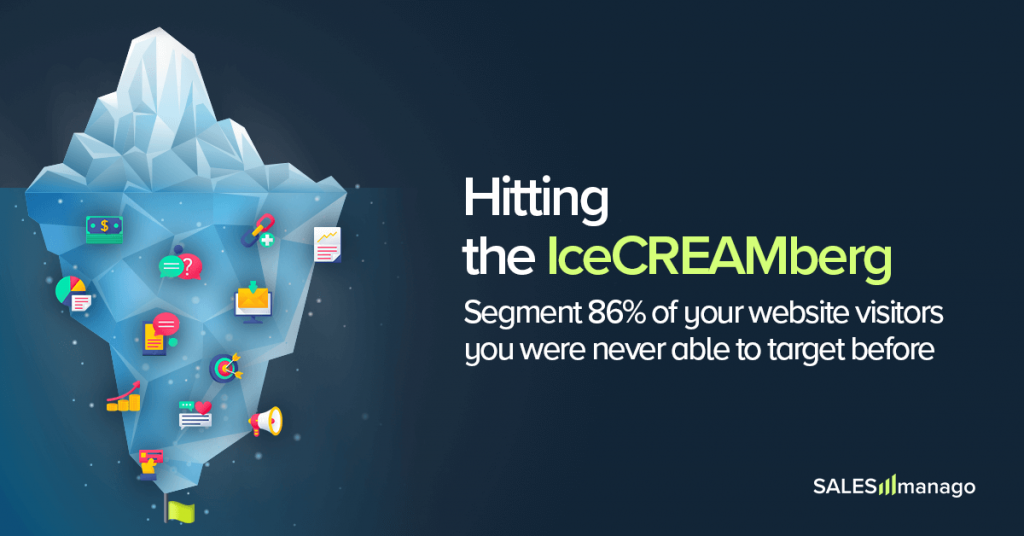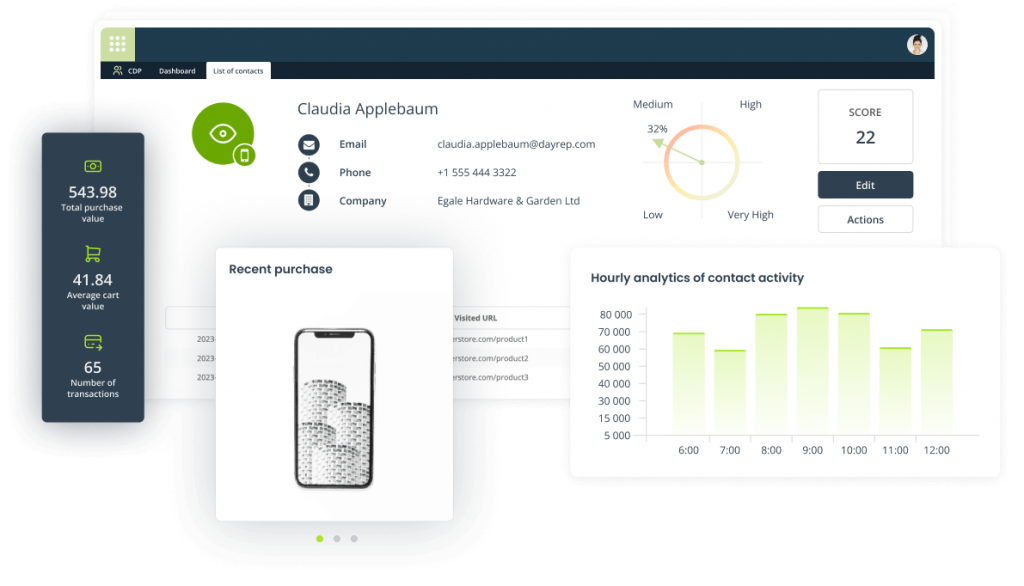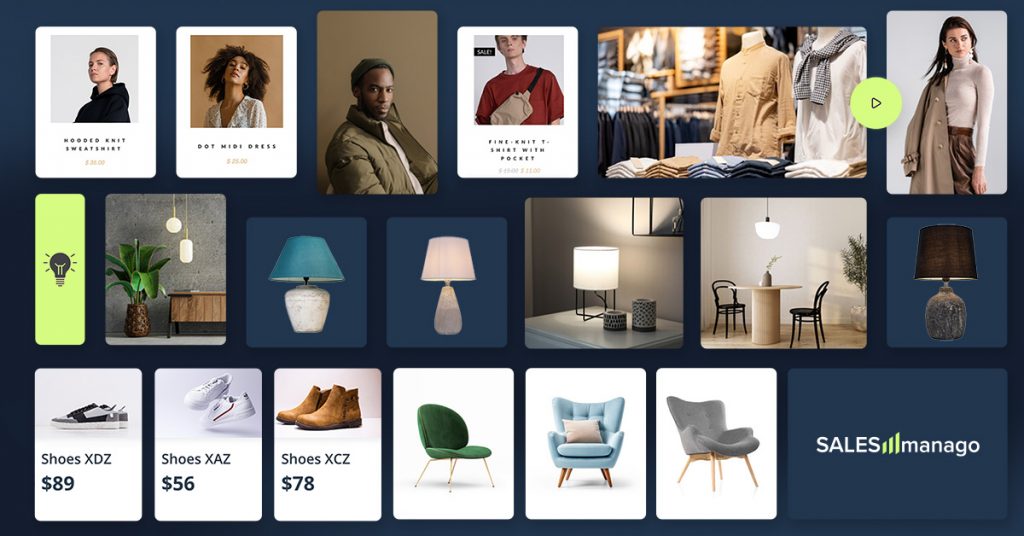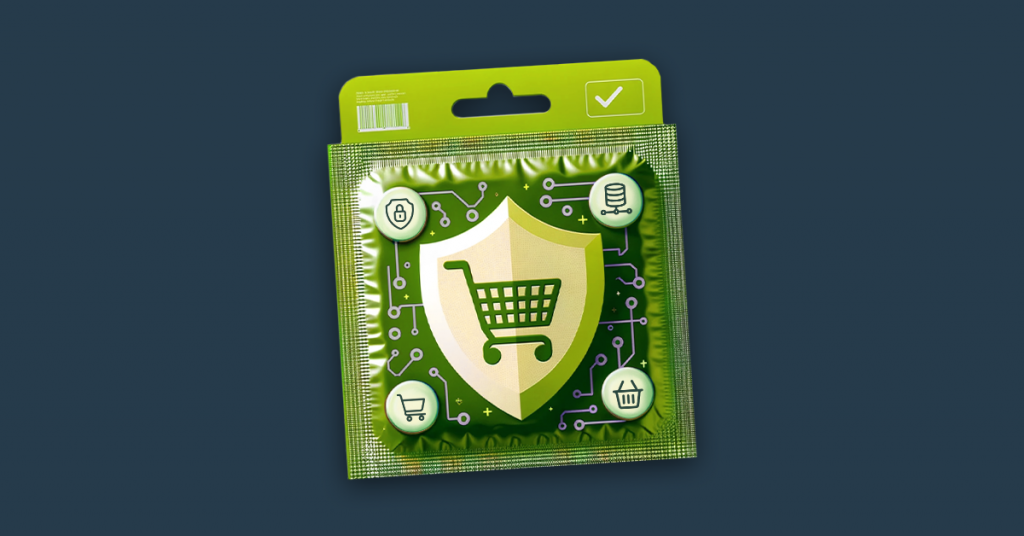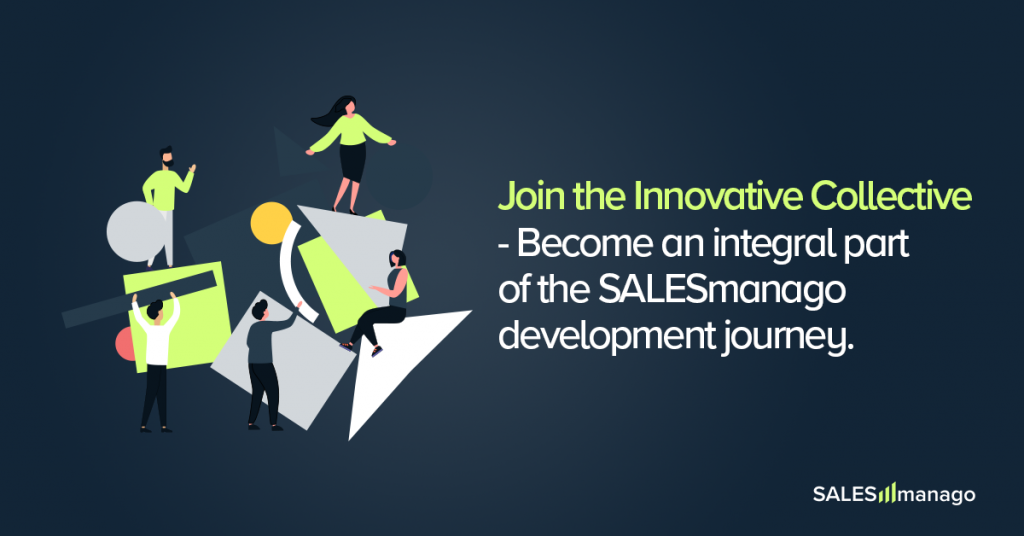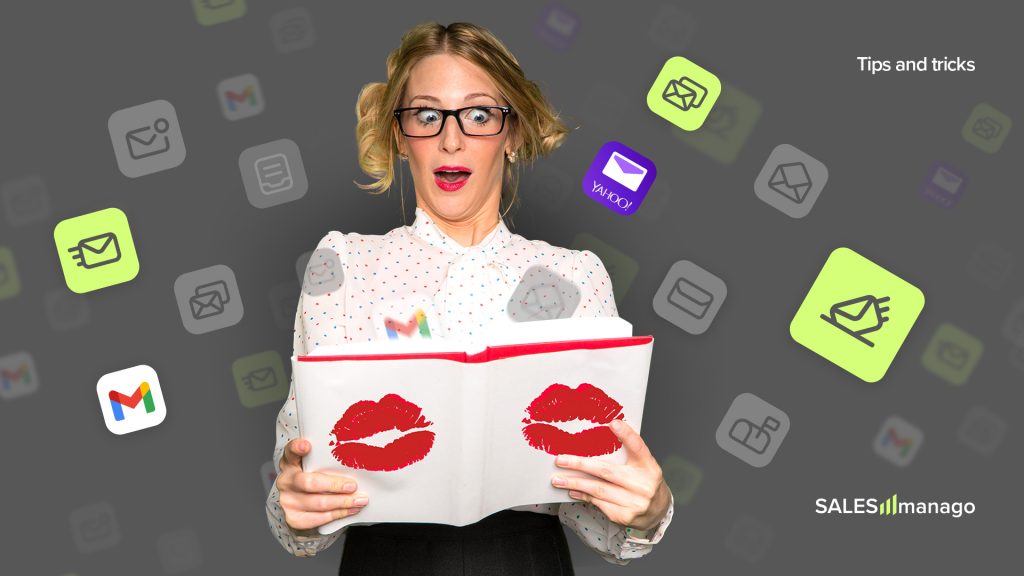Americans love loyalty programs. In most households, you will find 23 membership cards. And the number increases!
You want to make sure that your program will stand out and attract customers’ attention in such a crowd?
Here’s how.
Win the Zero Moment of Truth with Marketing Automation. Download free ebook to leverage the power of pre-shopping
1. Know your aim
What do you want to achieve with the program? Retention, of course. You can’t afford to cut prices and give deep discounts to one-time shoppers forever. Only a devoted audience who comes back to your store can constitute a base for your actions. It’s the only reason for the existence of your business.
Thus, shift the attitude. Think about the program not as a way to boost sales once, but calculate Customer Lifetime Value, then design your program with one aim in mind: to increase CLV and keep buyers with you for a long time.
The reward program is not about short-term profits, but it still is about profits, so measure its performance and optimize it using KPIs such as CLV.
2. Understand Buying Patterns
So you want to build your strategy on the data. An excellent choice! Apart from calculating CLV to help you measure investment in the program and possible outcomes, analyze your buyer’s journey and indicate pain points. Where users leave you? Where your sales funnel leaks? If something fails between the first buy and retention phase, now is a moment to find and address the issue with loyalty program: provide additional motivation for the customer to move past that point.
3.Reward engagement, not just purchases
97% of loyalty programs are transaction- based. It means that you first buy to earn points you can spend later. As they’re all alike, no wonder that 75% of them fail within the two first years.
Only 25% of programs rewards engagement. And you should follow that trait, not only to manifest your uniqueness but also to develop desirable habits among your audience. (source)
In practice, it entails assigning points or rewards for activities such as social sharing or active use of your app. It’s also a good idea to encourage users to review and rate your products in that manner.
Rewarding customers only for buying feels like showing love to your granny only when she hands you pocket money. Just a pie today, grandma? Well, hug yourself!
Transaction-centered attitude shows customers that you care only about money, not about relationship. And appreciating engagement doesn’t mean you abandon a business perspective! When your happy customer shares a review, she can attract more new users that an ad you paid for. Active users of the mobile app deliver you so much data! You would have to pay for such insight! So recognize the value in non-transactional actions and reward them appropriately. Notice your ambassadors who may not be able to buy as much as they would like to, but speak about your brand and make it more trustworthy. Giving them points is a way of saying “Thank you.”
4. Set a clear goal
Motivating yourself without a definite vision of the outcome is hard. Why should people collect these points or buy more? Ensure that your customers can see what’s in it for them. Is the reward attractive? Is it proportional to the effort it requires (well, if you want people to email their friends and spent $200 to get a free pen or 5% discount, you might be disappointed with the results).
Find a way to communicate the benefit. Make sure it’s crystal clear and attractive.
5. Create a simple mechanism
Figuring out the structure of your program resembles proving Riemann’s hypothesis or completing Badwater Ultramarathon? That may put customers off. Nobody wants to count and spend hours in trying to understand how the system works – it doesn’t pay off.
And the more complicated you program sounds, the more suspicious user gets. She might feel that you want to hide something under the complex rules and starts to look for a catch.
6. Combine it with upselling and cross-selling
To increase customers’ motivation to participate in the program, you should show them a specific reward. Not something abstract and general, but a particular thing. That’s why writing “You can save $50” will work better than “Save 10% on your next purchase”.
To make sure that your customer will be interested in the profit you get, show them products they might get as a result of participating in the program. The best way to do it? Show complementary products to ones previously bought, or similar ones, or products from the same category, or upgraded version of existing ones. In other words, relevant to user’s history.
If you use advanced recommendation engines (such as SALESmanago Copernicus – Machine Learning & AI), you can apply more sophisticated rules, for example, observe what products are most often viewed or bought together.
So when you show benefits from the program, don’t get too abstract. Present real products, but not some random ones. Use the knowledge on what the customer has viewed and bought, on what interests her most. That way you can kill two birds with one stone: you sell more and increase retention and engagement. Show that you know what your customer wants!
7. Use 1-to-1 messages
Communicate status updates and remind about the benefits using 1-to-1 messages offered by Marketing Automation platforms. Why? That way your messages will be tailored to the context and personalized, what increases their performance.
For example, send a message when a user hasn’t been active in a while. Or let her know how many points she misses to get a bonus.
Try to make your messages as personal as possible. The point of the loyalty program is to build bonds. Don’t attempt to make friends by sending tons of machine-sounding emails.
8. Gamify
Include fun factor.
Shopping now is a question of meticulous research. Consumers love to compare prices, offers, reviews… Well, let them feel some thrill and transform your e-store into a big playground. Make your program contest-like. Use rankings and competition mechanism. Don’t forget about social media!
A good example is a campaign made by American Airlines. The brand wanted to create a loyalty program that delivers real results. So they create a custom Facebook app, a kind of a virtual passport that allowed users to share details about their travels and their details. It leveraged the power of social sharing and interactions between Facebook users.
The effect?
“Participants earned more than 70% more stamps than expected, and the ROI produced by the program was over 500%. American Airlines understood that people travel for all sorts of reasons, but traveling is inherently social. It’s human nature to want people to know where we’re going and why. By tapping into that emotion, and enabling redemption through a variety of activities, AAdvantage hit the sweet spot when it comes to gamification.”
9. Promote it!
Marketers often sin with negligence: they create a fun and beneficial program, but users can’t find it. How should customers get to know about the program? Nobody spends hours on searching through your website for attractive offers: either they notice it at the first glance, or they just leave and go to competitors.
So ask yourself if you devote enough energy to promote your program? Do you segment out people who don’t participate in it to mail them about the opportunity? Do you use targeted ads in social media and RTB networks (in most cases there is no point in communicating a rewards program to leads, you should focus on customers)?
If not, that might be the reason you don’t see ROI. If you’ve calculated the CLV, count how much you can get from the program and how much can you invest in promoting it.
What are the best loyalty programs you know? Do you use one in your e-store?





 Follow
Follow

![[New Feature] Shine the light on your hidden visitors with Spotlight](https://blog.salesmanago.com/wp-content/uploads/2024/04/1-9.png)
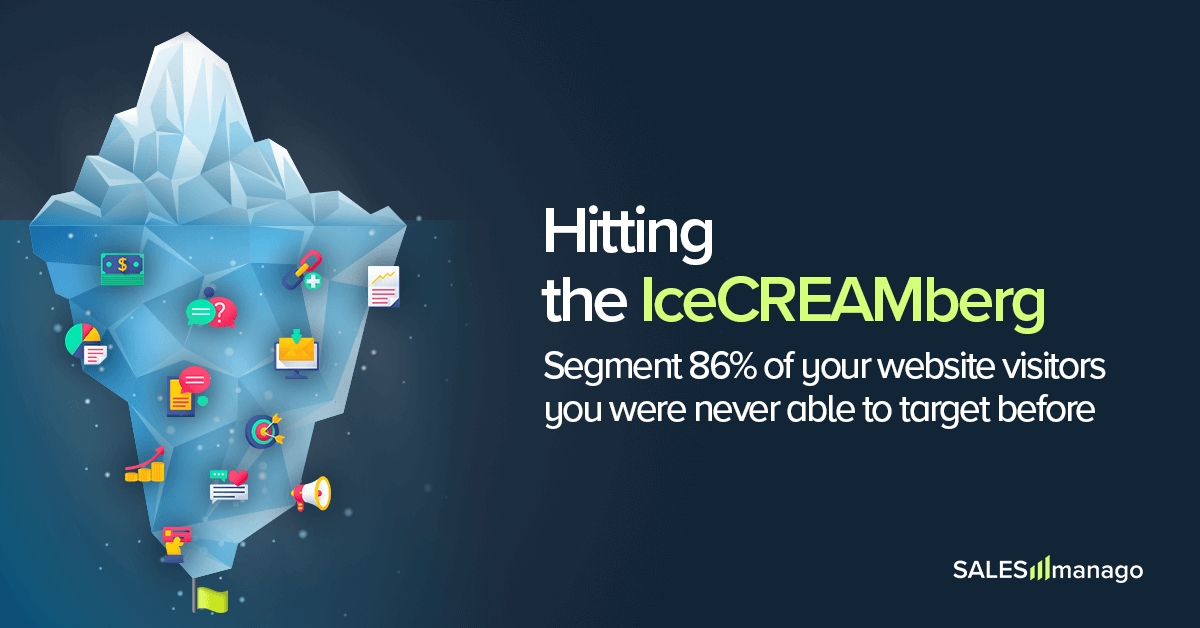

![[New Feature] Unlock Deep Behavioral Personalization with Product Collections](https://blog.salesmanago.com/wp-content/uploads/2024/03/1-3.png)
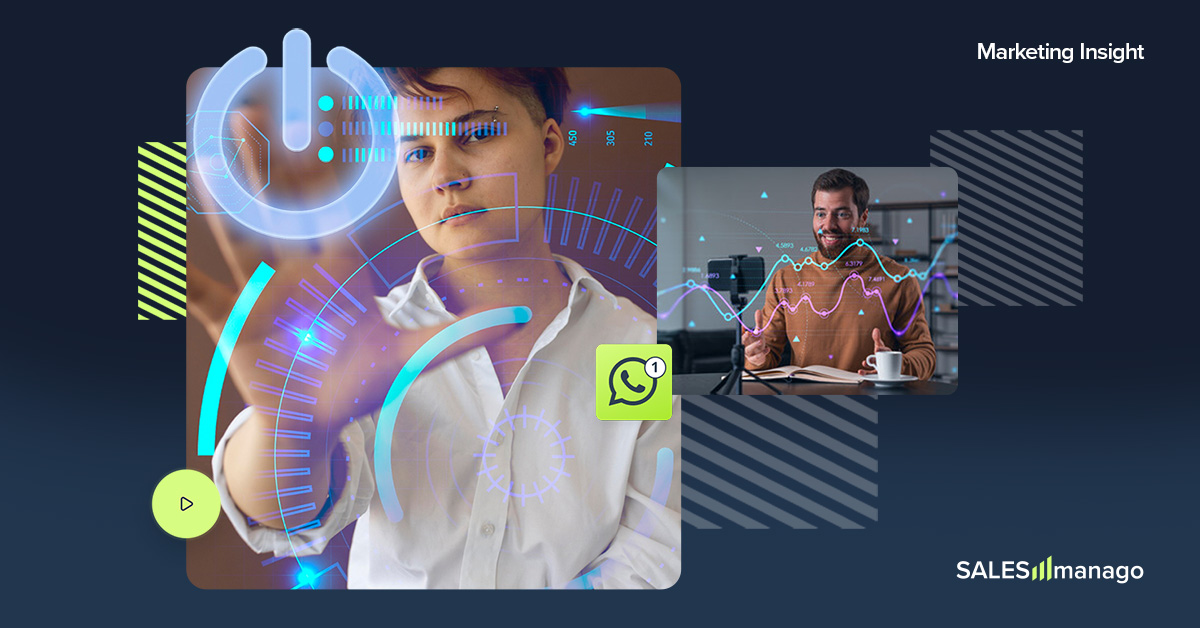


![[New Feature] Shine the light on your hidden visitors with Spotlight](https://blog.salesmanago.com/wp-content/uploads/2024/04/1-9-1024x536.png)
